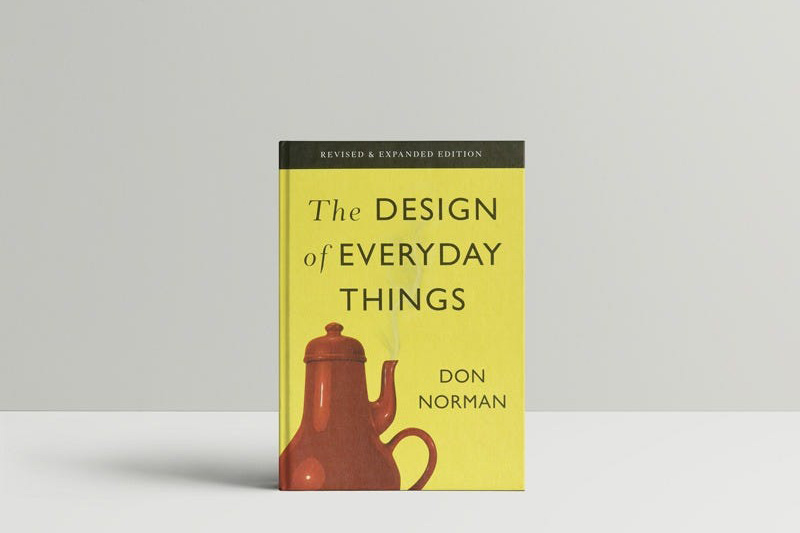
Articles
What is UX?
User experience (UX) design is an analytical process to enhance customer satisfaction and loyalty to the brand by improving usability of a product or service. To understand customers and create a delightful customer experience, UX involves persona building, user journey maps, data analysis and more.
UX or UI?
It is common for UX designers to adopt user interface (UI) designs as part of the UX design process. UI explores the visual aesthetics of a product or service, such as graphic illustrations, font choice, brand logos and icons. In short, UX and UI work together to bring about the best design solutions as a whole.

History
“The Design of Everyday Things” by Don Norman hit it off the shelves in the 90’s, during the digital boom. He used UX of everyday things to explain how UX fits within websites and software applications. Of course, UX design is applicable to all things and not just digital products.
UX Designers
So, what does a UX designer do? What are their responsibilities? Primarily, a UX designer focuses on strategising and content optimisation of a product or service. Typically, they will follow a process and adopt methods to discover user frustrations, define the problem, identify effective design solutions, measure effectiveness of prototypes and provide high-fidelity prototypes that is possible for developers to build.
Why UX?
Have you heard of the term ‘Content is King’?
Well, you have now! This applies especially to websites. How content is delivered to the user, how it is accessed by the user and user’s overall experience plays a big role on brand image. This is what UX designers largely focus on, creating accessible content that is also known as user-centred designs.
Impact of UX
User-centred designs support organisations to deliver their message in a way the user can digest it. In turn, this contributes towards any overarching goals an organisation may have. For a charity website, accessible content could enable users to click on the ‘Donate now’ button. For a business, accessible content could enable users to check out ‘What’s trending’ for more purchases.

In summary, UX designers are like rainbows. They hold a little bit of colour from everywhere. They don’t just design an experience, they also play the role of a graphic illustrator, strategists, marketing expert, copywriter, data analyst and workshop facilitator. They will go over and beyond to tackle user frustrations with a hard fist, bungee jump to optimise content and somersault to deliver the best user experience to your customers.
-Written by Shah
